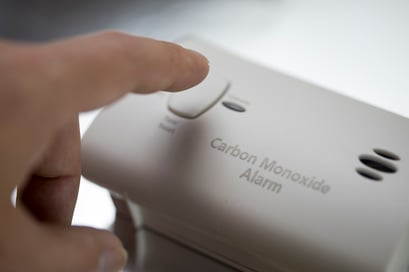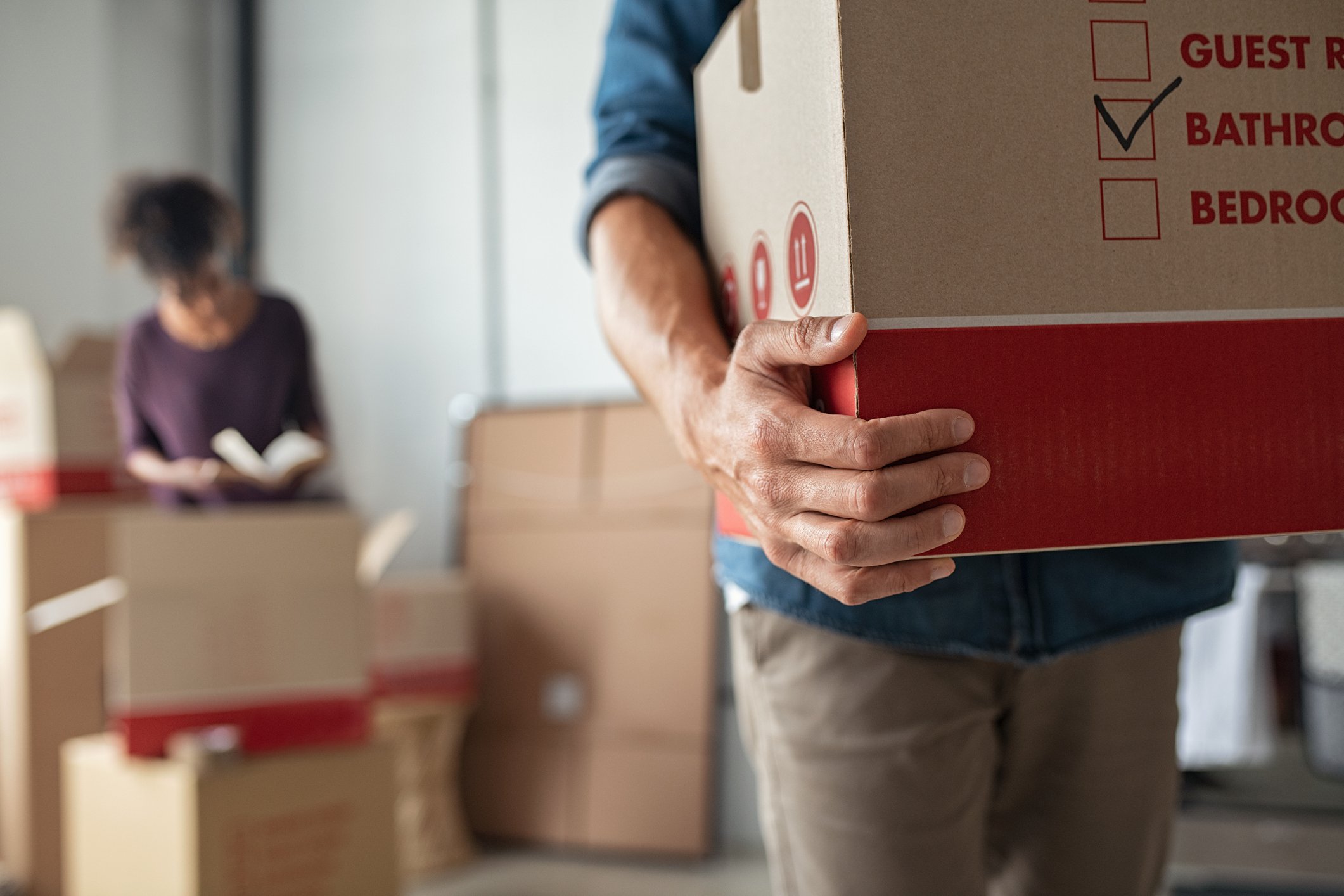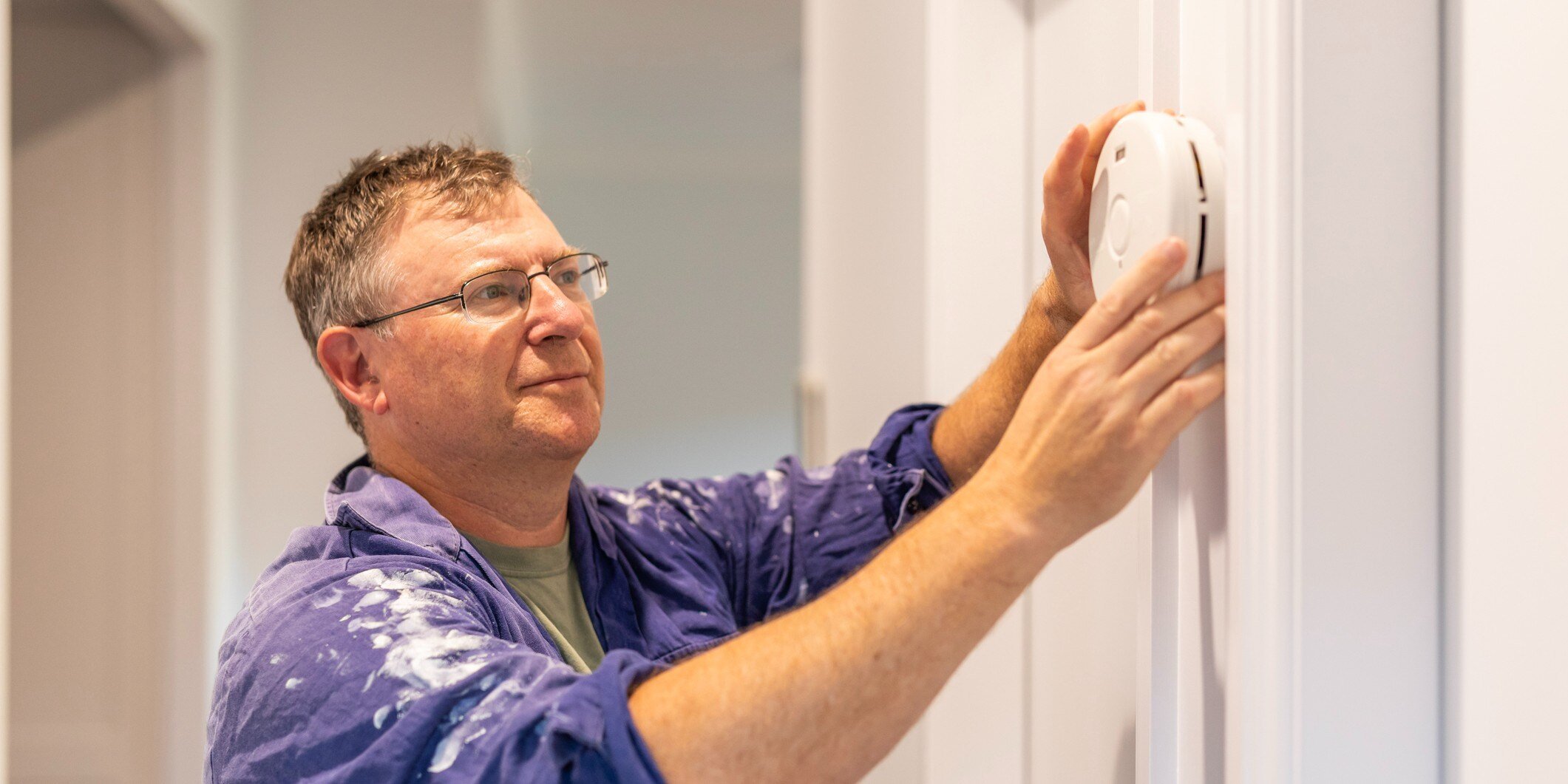Is Your Housing Organization Complying With New Carbon Monoxide Detector Legislation?

The U.S. Department of Housing and Urban Development (HUD) has started enforcing a new law that requires carbon monoxide detectors in most federally-assisted housing units.
Legislation adopted as part of a COVID-19 relief bill signed into law in December 2020 requires carbon monoxide detectors in housing subsidized by HUD. The legislation, which provides $300 million in funding over three years, was first introduced in 2019 after an investigation found at least 13 public housing residents have died from carbon monoxide poisoning since 2003. HUD held off on enforcing the new carbon monoxide detector rules until December 27, 2022. 
The legislation applies specifically to:
-
supportive housing for the elderly and for persons with disabilities;
-
public housing;
-
rental housing for which the owner receives low-income voucher assistance; and
-
certain rural housing.
It also requires that HUD “provide guidance to public housing agencies on how to educate tenants on health hazards in the home” and “report on the inclusion of carbon monoxide detectors in federally-assisted housing not covered by the bill.”
What is carbon monoxide?
Carbon monoxide is a naturally occurring gas, often called the “silent killer” since it is colorless, odorless, and tasteless.
“Many household items produce harmless amounts of carbon monoxide fumes,” said HAI Group Senior Risk Control Consultant Nick Mayo. “However, when these items are damaged or improperly installed, they can raise carbon monoxide concentrations to hazardous levels.”
He noted that burning fuels such as diesel, natural gas, oil, propane, gasoline, wood, or coal can produce dangerous carbon monoxide levels if not properly vented. Carbon monoxide sources include vehicles, small engines, stoves, lanterns, grills, fireplaces, stovetop ranges, building appliances, and building mechanical systems. Exposure to elevated carbon monoxide levels can lead to carbon monoxide poisoning, resulting in severe injuries or death. Common carbon monoxide poisoning symptoms include flu, shortness of breath, nausea, dizziness, weakness, upset stomach and vomiting, chest pain, and confusion.
Common symptoms of carbon monoxide poisoning include:
- Flu-like symptoms
- Shortness of breath
- Nausea
- Dizziness
- Weakness
- Upset stomach and vomiting
- Chest pain
- Confusion
Mayo said that if any of these symptoms occur, vacate the area, find fresh air as quickly as possible, and notify your local first responders. The concentration of carbon monoxide, measured in parts per million (ppm), is a determining factor in an average adult’s symptoms.
The following chart explains the exposure risks outlined by the National Fire Protection Association (NFPA):

Preventing carbon monoxide poisoning
Carelessness and human error often lead to dangerous carbon monoxide levels. Take the below precautions to prevent carbon monoxide poisoning:
Never run a vehicle or other fueled engine or motor indoors, even if garage doors are open.
-
Clear exhaust pipes from vehicles during snowstorms.
-
Ensure all fuel-burning appliances are properly installed and maintained by a certified technician. During and after a snowstorm, make sure vents for the dryer, furnace, stove, and fireplace are clear of snow buildup.
-
Never use a portable generator indoors or in any other enclosed space such as a garage.
-
Never use barbeque grills indoors.
-
Never use a gas range or oven for heating as this can cause a high concentration of carbon monoxide.
-
Note any visible damage or improper working mechanisms for machinery, utility systems, or equipment within a building, and contact a certified contractor to repair it immediately.
-
All building mechanical systems should remain on a monthly or annual inspection schedule prescribed by the manufacturer.
Proper placement of carbon monoxide detectors
When installed properly, carbon monoxide detectors are an effective method for sounding the alarm on elevated carbon monoxide levels. One of the most significant risks associated with carbon monoxide is inadequate installation and maintenance of detectors. If a neglected detector were to malfunction and fail to detect even the smallest increase in carbon monoxide levels, the results can be deadly. Mayo said installing hard-wired carbon monoxide detectors (with battery backup) is highly recommended for increased reliability.
Follow these tips to install and maintain detectors properly:
-
Install carbon monoxide detectors on each level of a building/home and outside each sleeping area. Other locations may be necessary per applicable laws, codes, or standards.
-
Always follow manufacturer installation guidelines. Place detectors at least 5 feet above the floor or on the ceiling since carbon monoxide is slightly lighter than air and mixes with warm, rising airflows.
-
Don’t place detectors in corners (lack of air circulation), next to doors and windows, or near fire-producing appliances. Do not block detectors with furniture, drapes, or other objects.
-
Keep detectors out of reach from children and pets.
-
Interconnect carbon monoxide detectors so that when one sounds, they all sound.
-
Make sure detectors are UL-listed.
-
Detectors should be tested and maintained per manufacturer guidelines. Battery-powered detectors should be tested weekly, with batteries replaced annually.
-
Include a checkbox for testing smoke and carbon monoxide detectors on all work order forms. Direct maintenance personnel to check detectors upon every entry into a unit, regardless of the issue. Testing terms can be included in lease agreements and reviewed with residents.
-
Replace detectors every seven to 10 years, or according to the manufacturer’s instructions.
-
Contact your local fire department’s non-emergency number to find out what number to call if a detector sounds.
If you have questions about compliance and funding, consult with legal counsel and your local HUD office. Should you have any questions on how to properly install your CO detector, always follow manufacturer installation guidelines and consult with your local fire and building officials.
 Contact our Risk Control and Consulting team for more resources and answers to your housing organization’s risk-related questions.
Contact our Risk Control and Consulting team for more resources and answers to your housing organization’s risk-related questions.
Includes copyrighted material from a company under the HAI Group family, with its permission. This post is for informational purposes only and is not intended to provide legal advice, and shall not be relied on as such. We strongly recommend consulting with legal counsel or an appropriate subject matter expert.




